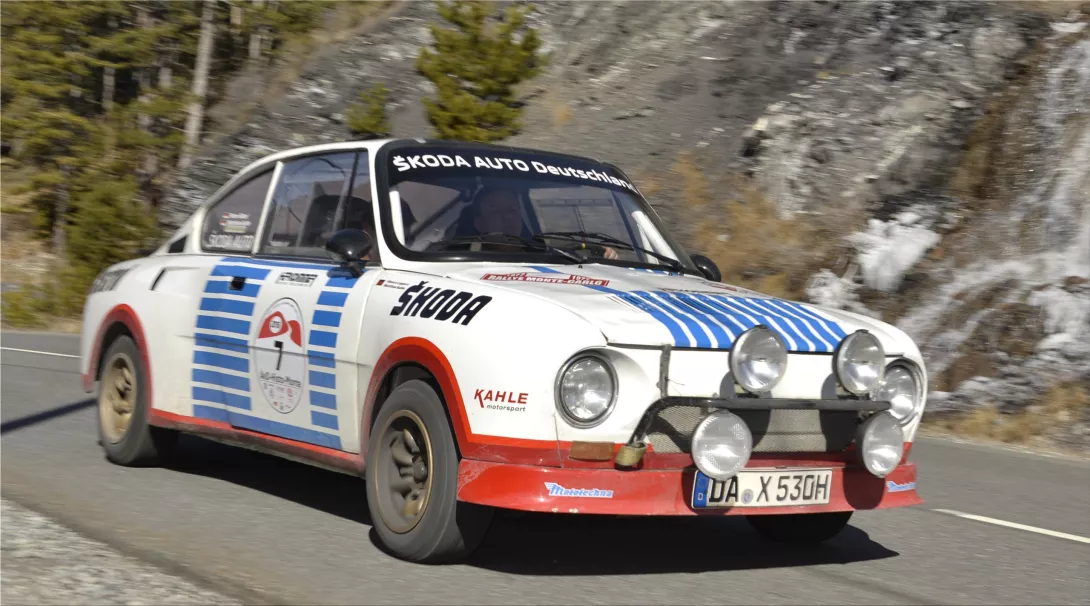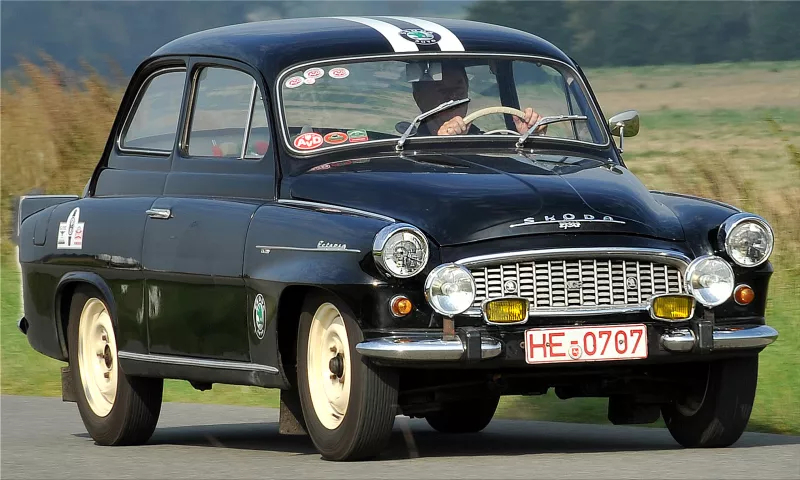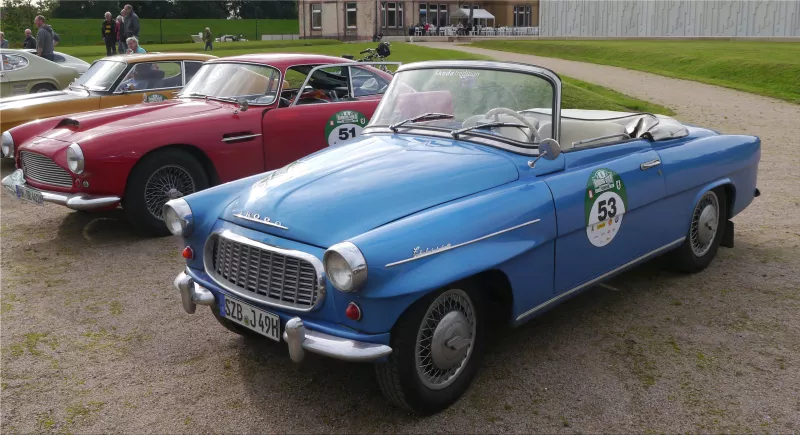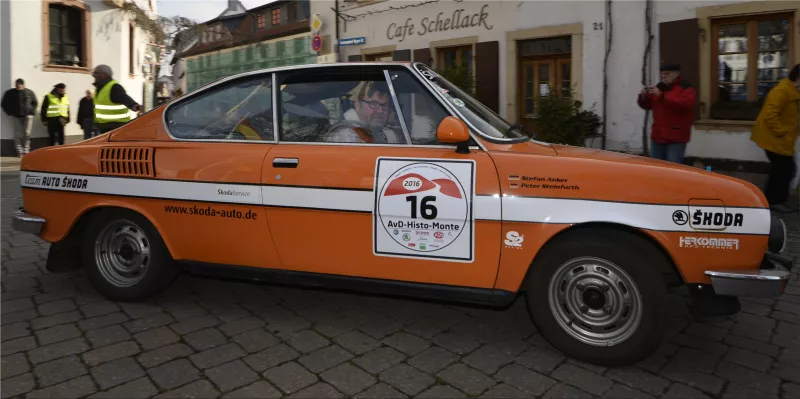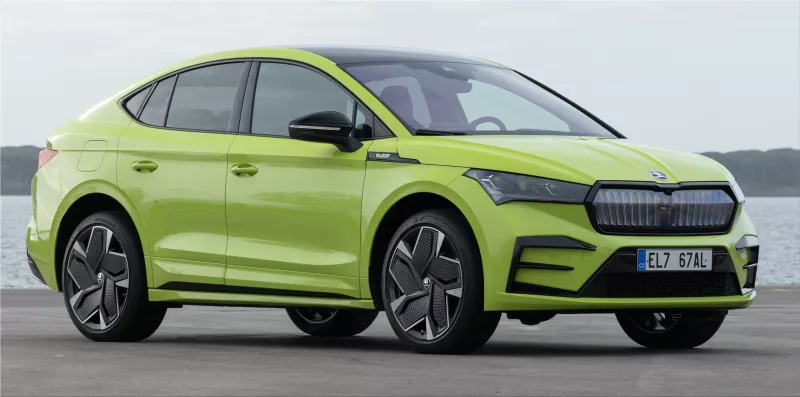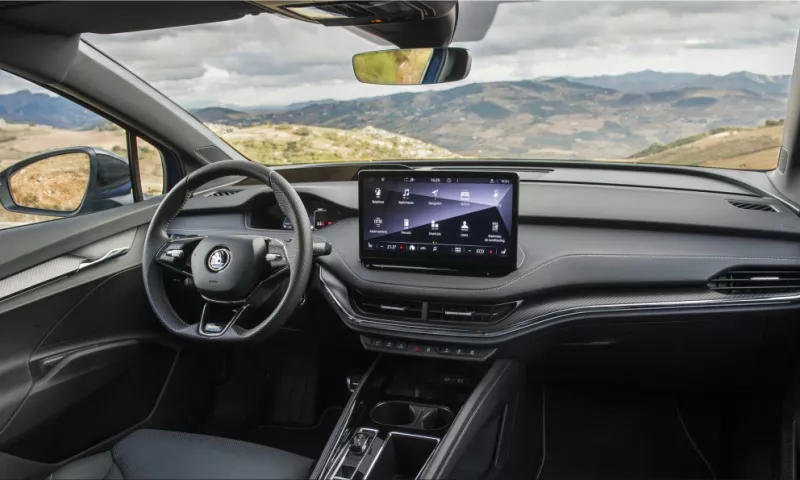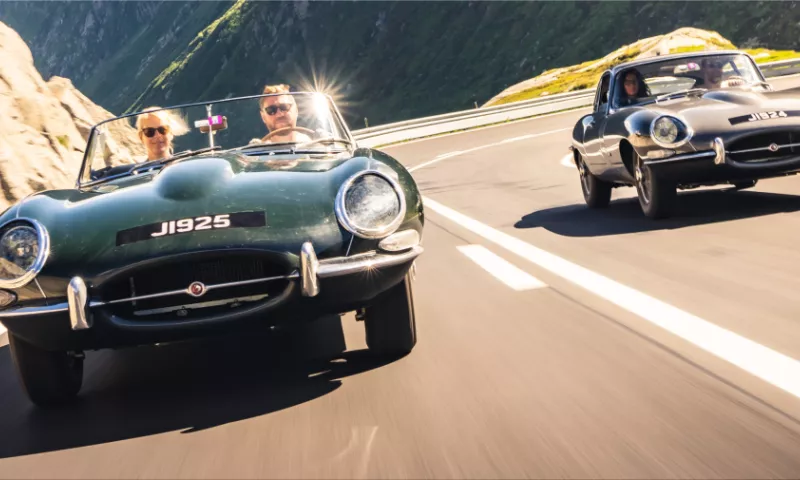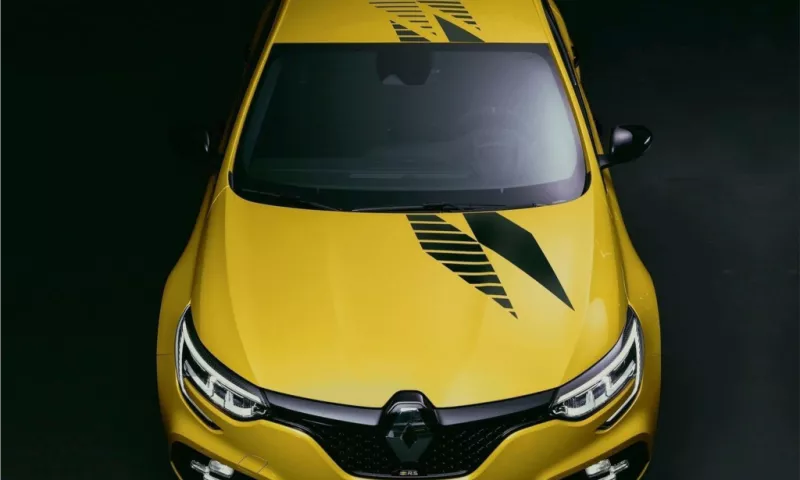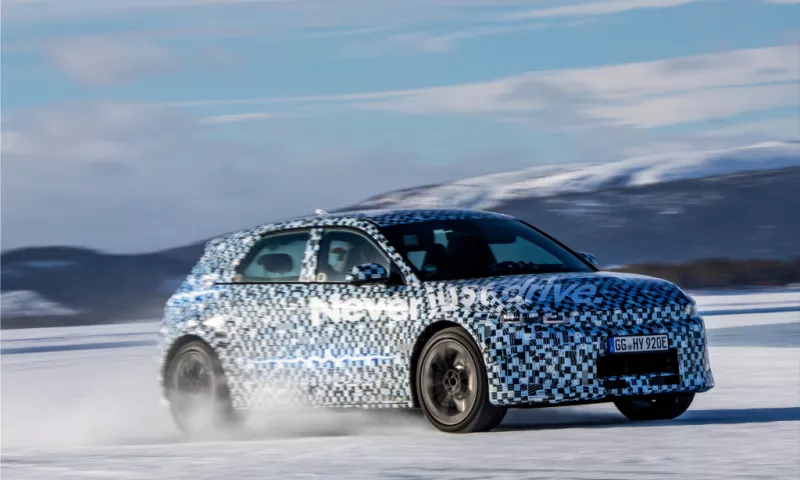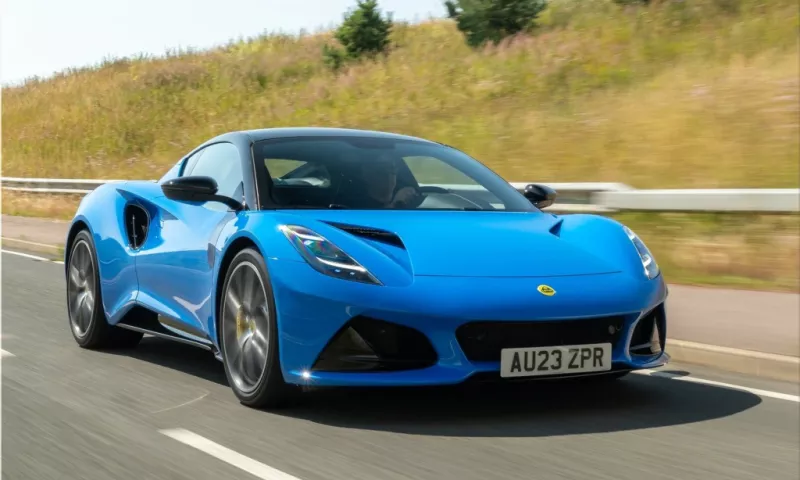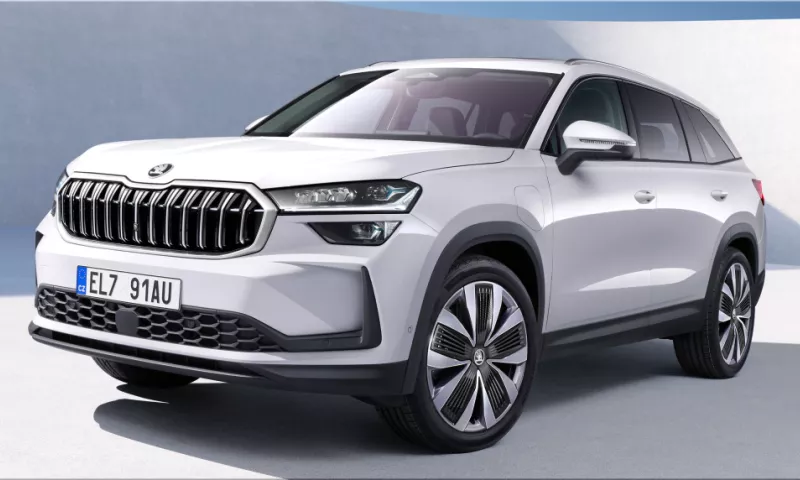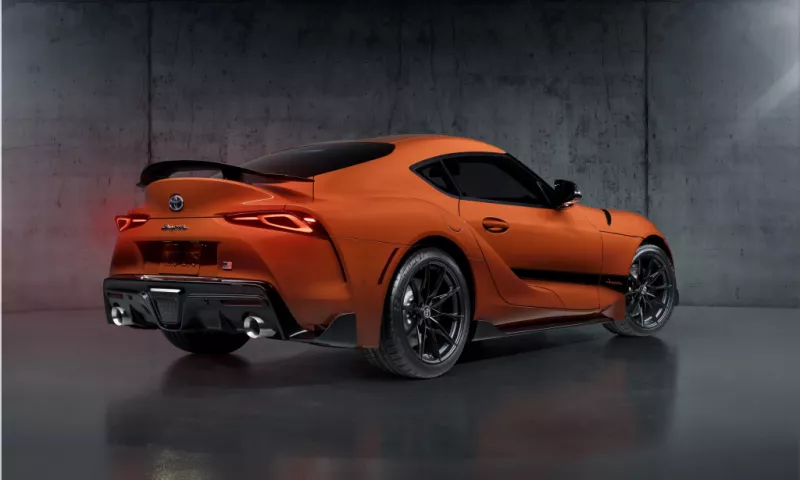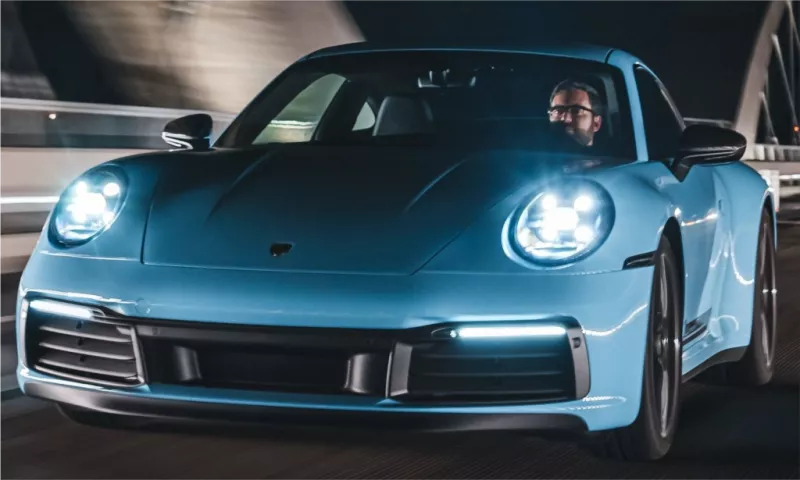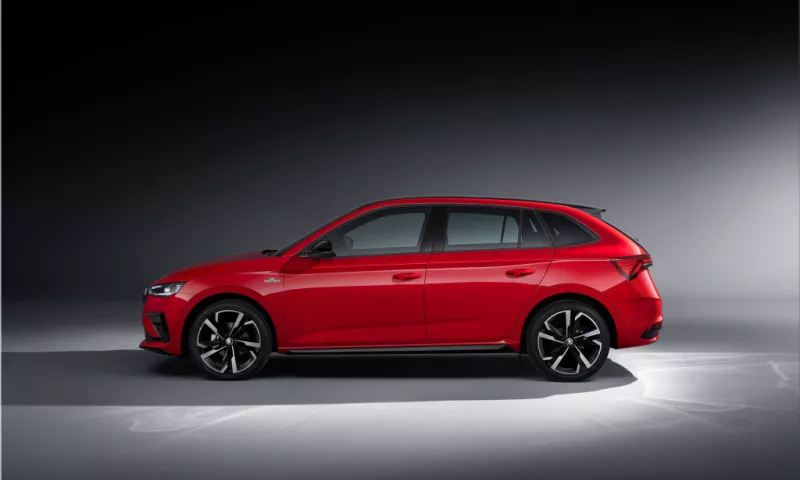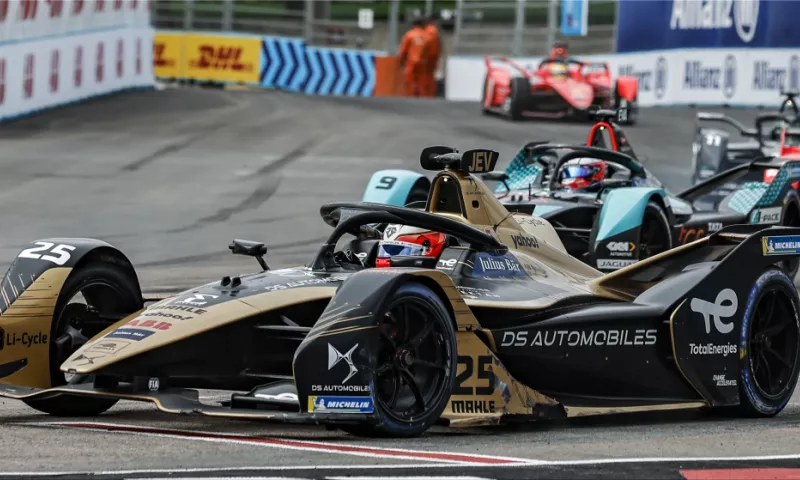The Hamburg-Berlin Classic young and old-timers rally has a new mobility partner: Skoda AUTO Deutschland. The brand is sending 20 support vehicles, including 16 Skoda ENYAQ Coupe iV RS that run on electricity alone. From August 25 to 27th, the event will take place in and around Hamburg. Skoda is sending four classic cars to the track:
- The Skoda 130 RS.
- The Skoda 110 R sports coupe.
- The famous Skoda FELICIA convertible.
- The Skoda OCTAVIA 1200 TS.
The seven-time German Rally Champion wants to show that he can be a good co-driver in one of the four Skoda AUTO Deutschland driver teams.
The rally's 13th edition takes participants through Hamburg and the surrounding areas. On Thursday, the route focuses on the city, including the port, Kohlbrandbrücke, and Reeperbahn. On Friday, the field of participants heads toward the North Sea and stops for lunch in Heide, Schleswig-Holstein, at Germany's largest marketplace. The Baltic Sea is a stop on the third day of the event. The gallop racetrack in Hamburg-Horn is where every day begins and ends.
The Skoda 130 RS has been a regular competitor at classic car and rally events for a long time. From 1975 to 1980, the company made almost 200 small, rear-wheel-drive vehicles with 130 hp for both rally and circuit use. In 1981, the track version of the car won the European Touring Car Championship for its manufacturer. Skoda will start with the rally version of the sleek coupé at the Hamburg-Berlin Classic. At the Monte Carlo Rally in 1977, this car came first and second in its class.
Skoda is sending one of the classiest Czech sports cars, the Skoda 110 R, to the classic car show in northern Germany. Between 1970 and 1980, the rear-wheel-drive coupé came off the assembly line at Skoda in Kvasiny. The coveted sports cars inspired legendary rally and racing cars. The Skoda 180 RS and Skoda 200 RS prototypes and the Skoda 130 RS can be traced back to the 110 R and its OHC aluminum engine. The four-cylinder in-line engine has a displacement of 1,107 ccm and makes 52 hp at 4,650 rpm. This, along with the car's low curb weight of 880 kilograms, makes it a fun car to drive for its time. The 110 R can go as fast as 145 km/h on its 165 SR-14 radial tires, and it takes 19 seconds to go from 0 to 100 km/h.
People say that the Skoda FELICIA is a beautiful car. On March 1, 1959, the most famous Czech convertible was shown for the first time in Leipzig. It was a big hit. It was also a significant export success for the company, with more than two-thirds of the 14,863 units in 1964 going to other countries. In addition to its good looks, the FELICIA also has a lot going for it on the inside. Under the front hood, the four-cylinder, in-line gasoline engine with OHV valve control and a displacement of 1,089 cc makes its most power at 5,500 rpm. At 3,500 turns, you can already use the entire 74.5 Nm of torque. The cabriolet has 15-inch wheels and can go up to 130 km/h at its fastest.
In the early 1960s, the Skoda OCTAVIA TOURING SPORT (TS) won a lot of international rallies. It was essential to the Mladá Boleslav car company's motorsport history. The TS came with two different engine sizes, each with additional power. The top model is the Skoda OCTAVIA TS 1200, which came out in January 1962. It has 55 hp at 5,100 rpm. At 3,500 rpm, the engine makes the most torque, which is 86.2 Nm. The model was a popular tuning item for private customers. With the correct technical changes and the right amount of experience, the engine's power could be increased to almost 100 hp. Between 1960 and 1964, more than 2,270 Skoda OCTAVIA TS and Skoda OCTAVIA 1200 TS cars came off the assembly line in Mladá Boleslav.

